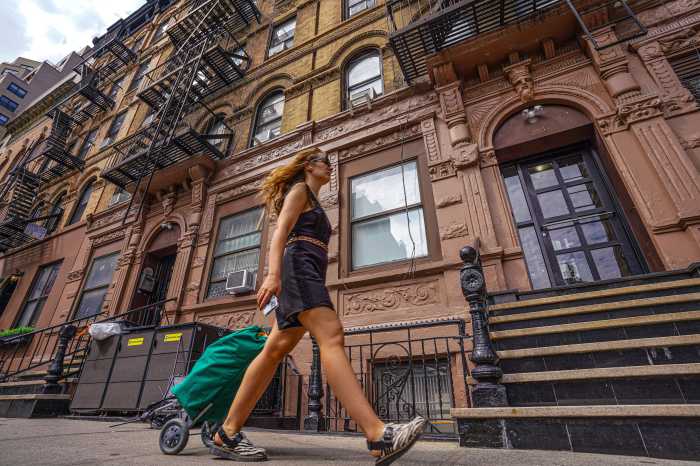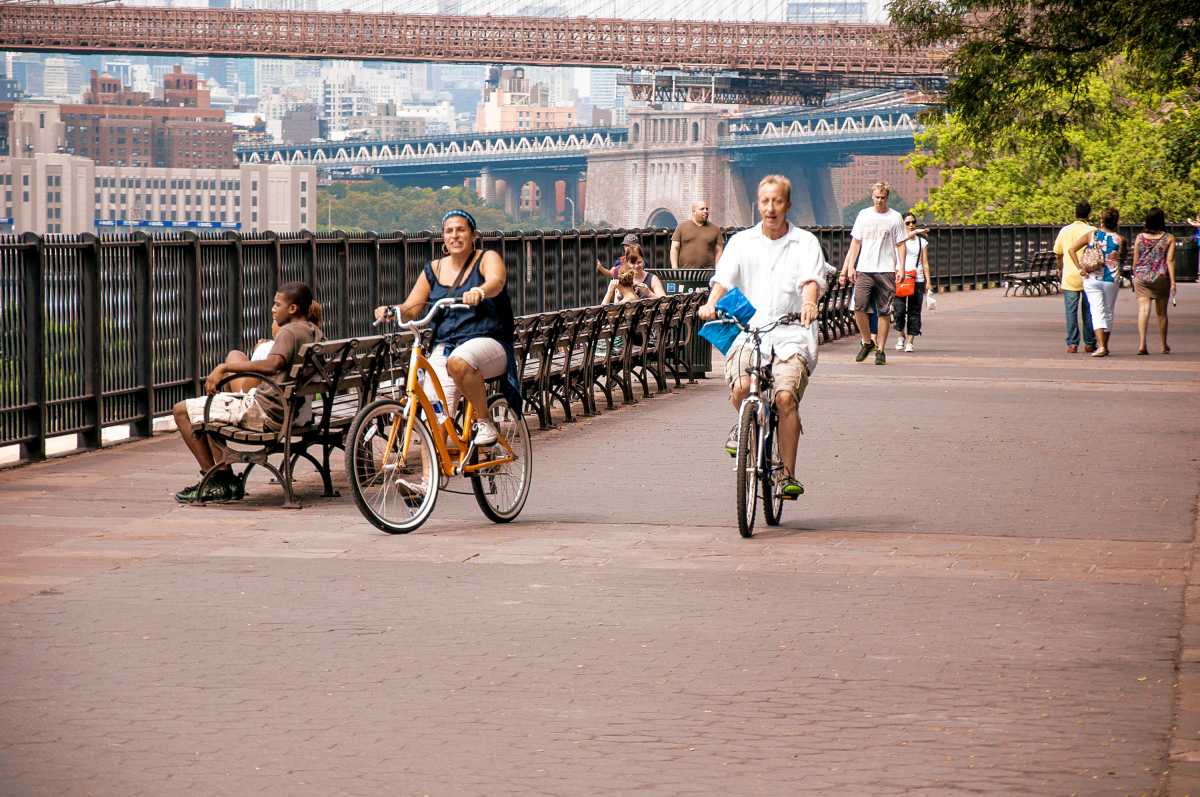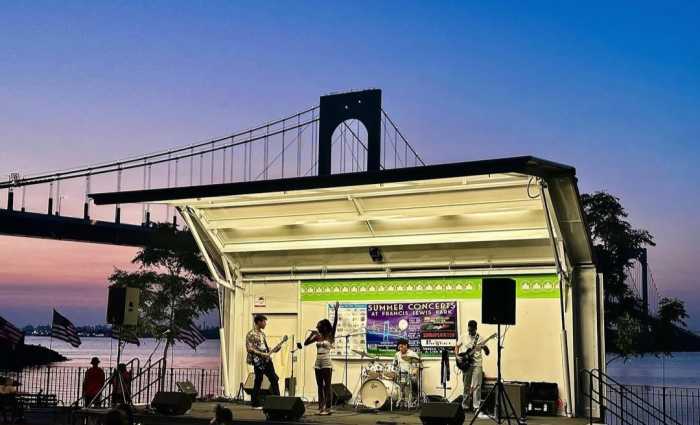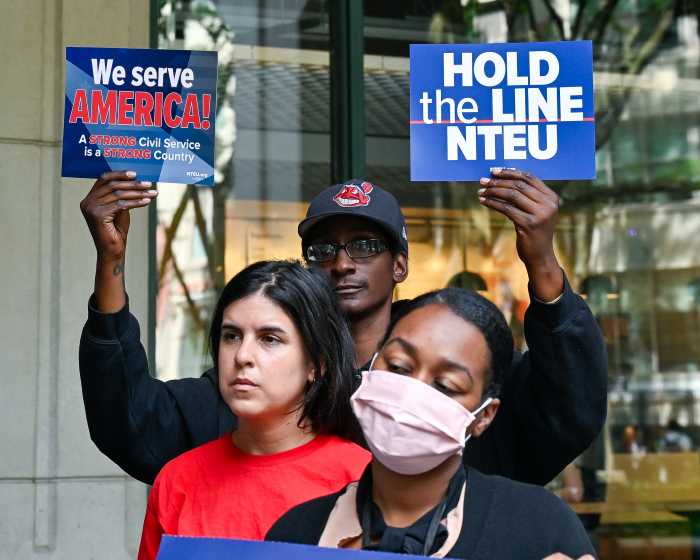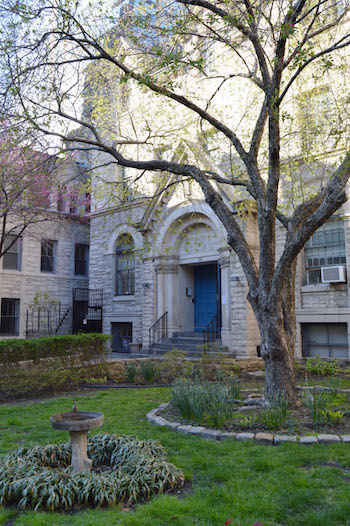
BY JACKSON CHEN | The city Landmarks Preservation Commission, in the first of several final round meetings to resolve the fate of properties that have been backlogged for decades, designated the entire St. Michael’s Episcopal Church complex as a landmark.
On April 12, the commission voted in favor of landmarking not only the main church building, but also the rectory and parish house, which include offices and meeting space. St. Michael’s, at the corner of West 99th Street and Amsterdam Avenue, was first in front of the commission as a landmarking candidate in 1980 and then again in 2008, but both of those hearings ended with no action taken.
The commission, at a February 23 meeting, culled the list of 95 items in its Backlog Initiative to 30 that it decided warranted a shot at landmark status. In that meeting, St. Michael’s was promised a designation hearing before the end of the year.
The commission concluded that the three buildings in their entirety comprise “one of the finest ecclesiastical complexes in Manhattan” and praised notable features including a unique bell tower.
“These beautiful buildings create a cohesive and unique complex that makes a striking contribution to the Upper West Side streetscape,” said commission chair Meenakshi Srinivasan.
Preservationists were pleasantly surprised that the commission decided to fully landmark the complex, given the position taken by the church’s congregation, which supported designation for only the main church building.
“There were some concerns that only the church would be designated,” said Kate Wood, president of Landmark West!, a preservation advocacy group. “But we’re delighted the landmarks commission recognized the entire ensemble for its architectural coherence and contribution it makes to the neighborhood.”
In previous commission hearings, representatives of the congregation testified to their concerns about landmarking the parish house and rectory because of their expectation of future accessibility upgrades.
“It was a suggestion we put forward,” said church warden Michael Smith. “The feeling was maybe it’d be a little easier for us down the road to do handicap accessibility if we didn’t have the parish house and rectory landmarked as well.”
Smith conceded that this concern may have been a little misplaced because he now understands that the commission has been “notoriously good about helping buildings get accessibility.”
Smith added that the commission’s decision did not come as a surprise to the congregation, which has long been aware of the unique historical and architectural value of their church while understanding LPC’s mission to protect properties like theirs.
The main church building was constructed in 1891 and fashioned with stained glass windows from Louis Comfort Tiffany, while the parish house was added in 1896-97 and the rectory in 1912-13. Throughout its long history, Smith said, the church’s leadership always kept an eye on preservation, while maintaining the facility as a place of worship and community gathering.
“We obviously don’t just want to be a museum of Victorian beauty,” said Smith. “We’re a living congregation, and we have a mission to carry out.”
Smith said that the landmarking wouldn’t impede the church’s future, and he added that the LPC’s expert advice and preservation resources would likely prove a boon for the congregation maintaining the property.
“Keeping up the complex of 100-year-old buildings is an expensive hobby,” Smith said, “but we’re pretty committed.”
The Landmarks Preservation Commission will hold another meeting addressing up to eight more of the backlogged properties –– which have not yet been selected –– on June 28.






